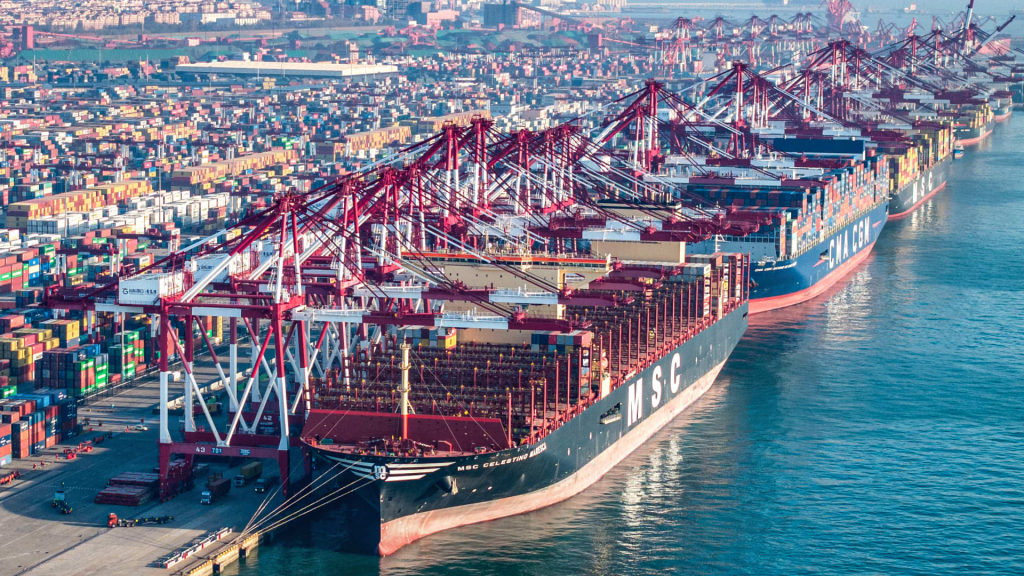On Wednesday, the World Trade Organization (WTO) issued a stark warning regarding the trajectory of global trade, noting a “sharp deterioration” attributed to the tariffs imposed by U.S. President Donald Trump’s administration.
The WTO’s latest report, titled “Global Trade Outlook and Statistics,” emphasizes that, “The outlook for global trade has deteriorated sharply due to a surge in tariffs and trade policy uncertainty.”
North America is predicted to experience the most significant drop, with exports expected to fall by 12.6% this year.
The WTO cautioned that “severe downside risks exist,” including potential implementation of “reciprocal” tariffs and an expansion of policy uncertainty which could exacerbate the downturn, leading to an anticipated decline of 1.5% in global goods trade. This situation is expected to particularly affect export-driven least-developed countries (LDCs).
This latest forecast contrasts sharply with the robust performance of world trade in 2024, where merchandise trade recorded a growth of 2.9% and commercial services trade climbed 6.8%, according to the WTO.
The new projection reflects a significant drop from earlier expectations, illustrating a nearly three percentage point decrease from what would have occurred under a “low tariff” baseline scenario. This shift marks a notable change from the start of the year, when economists anticipated continued trade growth driven by improving macroeconomic conditions.
The WTO indicated that risks to this forecast stem from the potential activation of currently suspended reciprocal tariffs by the United States, alongside a wider spread of trade policy uncertainty beyond trade relations linked to the U.S.
The organization stated, “If enacted, reciprocal tariffs would reduce world merchandise trade growth by an additional 0.6 percentage points, posing particular risks for least-developed countries (LDCs), while a spreading of trade policy uncertainty (TPU) would shave off a further 0.8 percentage points. Taken together, these factors would lead to a 1.5% decline in world merchandise trade volume in 2025.”
Earlier this month, President Trump surprised global trading partners by announcing a series of “reciprocal” tariffs affecting imports from over 180 nations. The Chinese market, in particular, faced the brunt of these tariffs, with the U.S. implementing a staggering 145% duty on Chinese imports. In retaliation, China announced tariffs as high as 125% on U.S. goods.
The announcement of these tariffs triggered notable market volatility, prompting Trump to temporarily reduce the new import duties from most trading partners to 10% for a period of 90 days to facilitate trade negotiations.
The WTO’s report underscores that the effects of the recent trade policy changes will likely differ dramatically across regions.
With the adjusted forecasts, North America is now expected to detract 1.7 percentage points from global merchandise trade growth in 2025, which will contribute to an overall decrease.
Simultaneously, while Asia and Europe continue to positively impact global trade, their contributions are anticipated to be less significant than previously expected, with Asia’s contribution halved to 0.6 percentage points.
The disruption in U.S.-China trade relations is projected to result in substantial trade diversion, raising alarms among third-party markets about increased competition from China.
The WTO reported that Chinese merchandise exports are expected to surge by 4% to 9% across all regions outside North America as trade pathways shift. Concurrently, U.S. imports from China are anticipated to plummet in sectors such as textiles, apparel, and electrical equipment, potentially creating new export prospects for other suppliers ready to fill the void. This shift could offer a unique opportunity for some least-developed countries to boost their exports to the U.S. market.


























